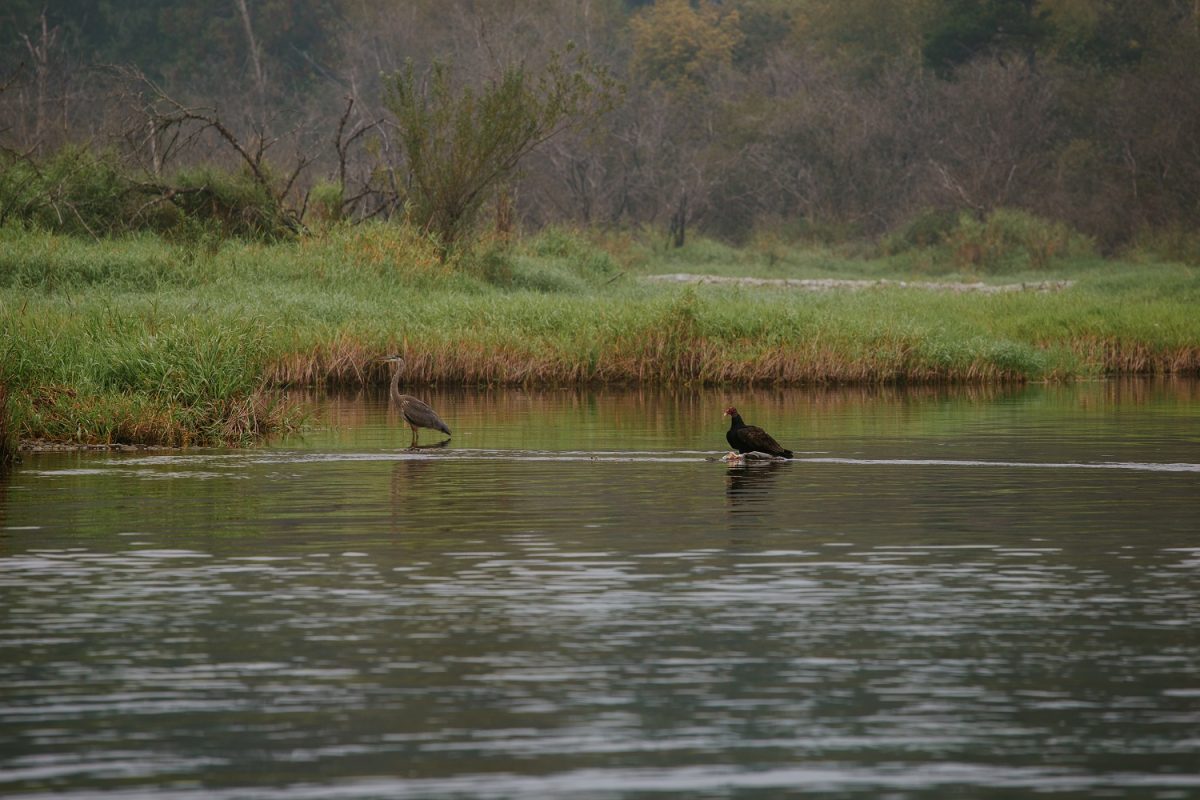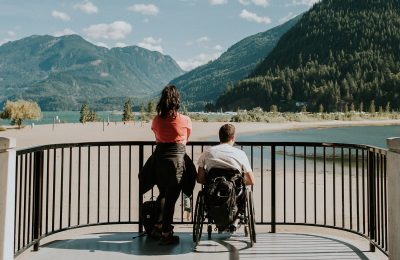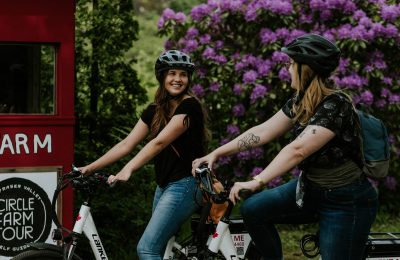Rivers and waterways are the planet’s lifeblood, feeding and sustaining life, and as vital as the air we breathe. Born in part from the success of BC Rivers Day, founded by renowned river advocate Mark Angelo in 1980, World Rivers Day was first globally celebrated in 2005. It was established to draw attention to the immeasurable value of waterways, and to create an awareness of how important it is to safeguard them from threats like pollution, climate change, and urban development. Healthy waterways have countless benefits, such as providing clean water for drinking and nourishing farms and gardens, for ensuring a thriving fish population, and aiding local economies by providing recreational and ecotourism opportunities.
In 2010, the Harrison River was designated as the first Salmon Stronghold in Canada. Salmon are found in all life stages throughout Harrison River and Lake, its tributaries and wetlands, and in turn they sustain wildlife in the valley, such as black bears, bald eagles, river otters and seals. For thousands of years in the Harrison River Valley, salmon have been a primary resource to First Nations people and still have intrinsic cultural and spiritual meaning today.
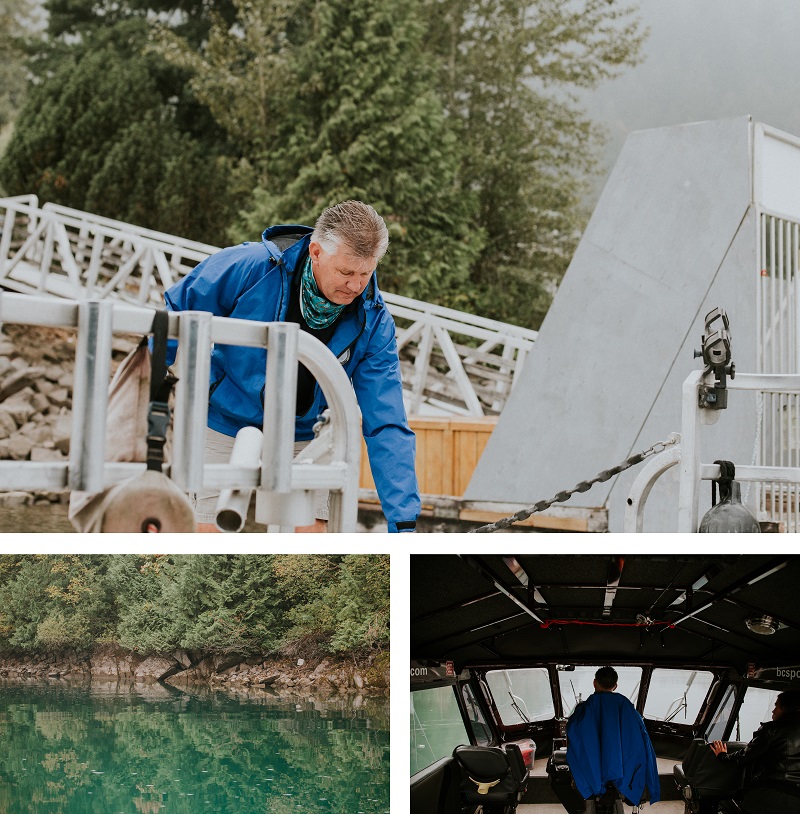
We recently took a boat tour with one of our local stewards of healthy water, Tony Nootebos. As a member of the Fraser River Sturgeon Conservation Society and owner of the ecotourism businesses, BC Sportfishing Group and Harrison Eco Tours, Tony is well versed in river and fish conservation and health.
How did you get involved with the Fraser River Sturgeon Conservation Society?
I first got involved with the FRSCS in 1999 when Rick Hansen, who was chair of the society back then, asked for volunteer effort to launch a Mark and Recapture Program to help get a population estimate on the Fraser River White Sturgeon. This was done through the deployment of *PIT tags. We continue this volunteer effort to this day and all BC Sportfishing Group guides participate. (*PIT stands for Passive Integrated Transponder. This tiny transponder allows individual fish to be assigned an identification number for tracking and study).
What are some of the key challenges the society is working to address?
Today our largest threat to White Sturgeon on the Fraser River is the decreasing recruitment of young fish into our population. We have plenty of larger fish of 160 cm and over (mature fish) but seem to be lacking juvenile production. We hope to improve the issue by addressing what we believe are the main causes of this decline. They include habitat loss, gill net mortality of immature fish, lack of food sources available to larger fish (food biomass) and poaching.

Can you tell us a bit about the White Sturgeon? How big do they get? How long do they typically live?
Sturgeon have been known historically to grow to over 18 feet in length and over 2000lbs. In recent years there have been White Sturgeon recorded up to 12 feet with an estimated weight of over 800lbs. Sturgeon can live to be more than 100 years old.
Can you explain the tagging process when a Sturgeon is caught and released?
When a Sturgeon is caught it is placed in a sling with water for sampling. The fish is then scanned for the presence of a PIT tag. If there is an existing tag then the number is recorded, the fish length, girth, and location of capture is documented and the fish is then released after a photo for our clients. If a tag does not exist, we inject a tag directly behind the fish’s head, record its number and then follow the same process before release.

How does the health of the river affect the species within it?
For White Sturgeon to recover and grow, the health of the river is paramount. The river habitat must be improved, the biomass of food for all fish must increase to much greater levels and finally we need to protect our river from pollution from industry and other unnatural events such as train car derailments.
Why do you believe World Rivers Day is important?
World Rivers Day is important because it gives us all a prompted reason to take the time to check in on our local rivers. This allows us to reflect on how our individual waterways are doing and to sound the alarm if we feel there are changes that need to be made to better protect each system. Equally it allows us to celebrate the successes that have come from the hard work where river systems have recovered from previous efforts.
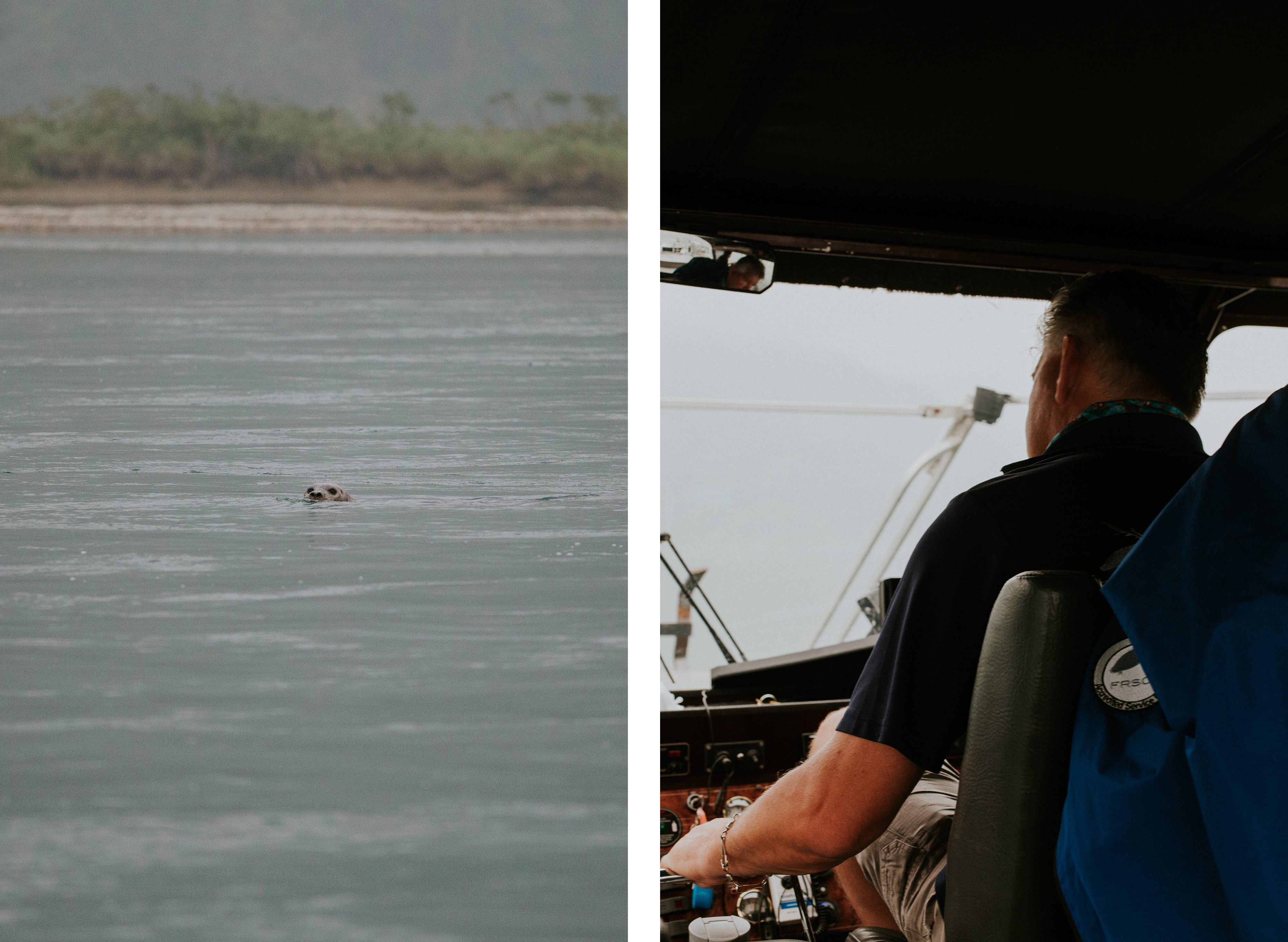
What can the average person do to ensure waterways and fish are kept healthy?
The easiest way to ensure our waterways are protected is to become educated on the threats that exist in our local watersheds and then speak up and inspire change. This often is best done by looking at our own households. Conserving water, being aware of what products we use while cleaning and being aware of our personal impact can go a long way to preserving our local rivers.
When did your passion for fishing start? What made you want to get into guiding?
I started fishing with my father when I was four years old and have been fishing ever since. My passion for fishing really took hold in my teens and especially once I had the freedom of having a driver’s license and exploring the province of BC looking for new opportunities. As my passion grew, I realised what a gift it has given me, and I wanted to share my passion with others.

The Harrison River was designated the first salmon stronghold in Canada. Can you explain what a salmon stronghold is? What does the designation mean for this area?
The term “salmon stronghold” is defined by the Wild Salmon Centre as an area where the wild salmon population is strong and diverse. In the case of the Harrison River, it means that the Harrison River is an important watershed for all 5 species of salmon.
What kinds of fish do you catch on guided trips? Is the sturgeon fishing the most popular guided trip?
Sturgeon by far are our most popular guided trips. It is one of the few places in the world where you have a real chance of catching a freshwater fish bigger than you! We also fish for Salmon in season and Trout year-round.
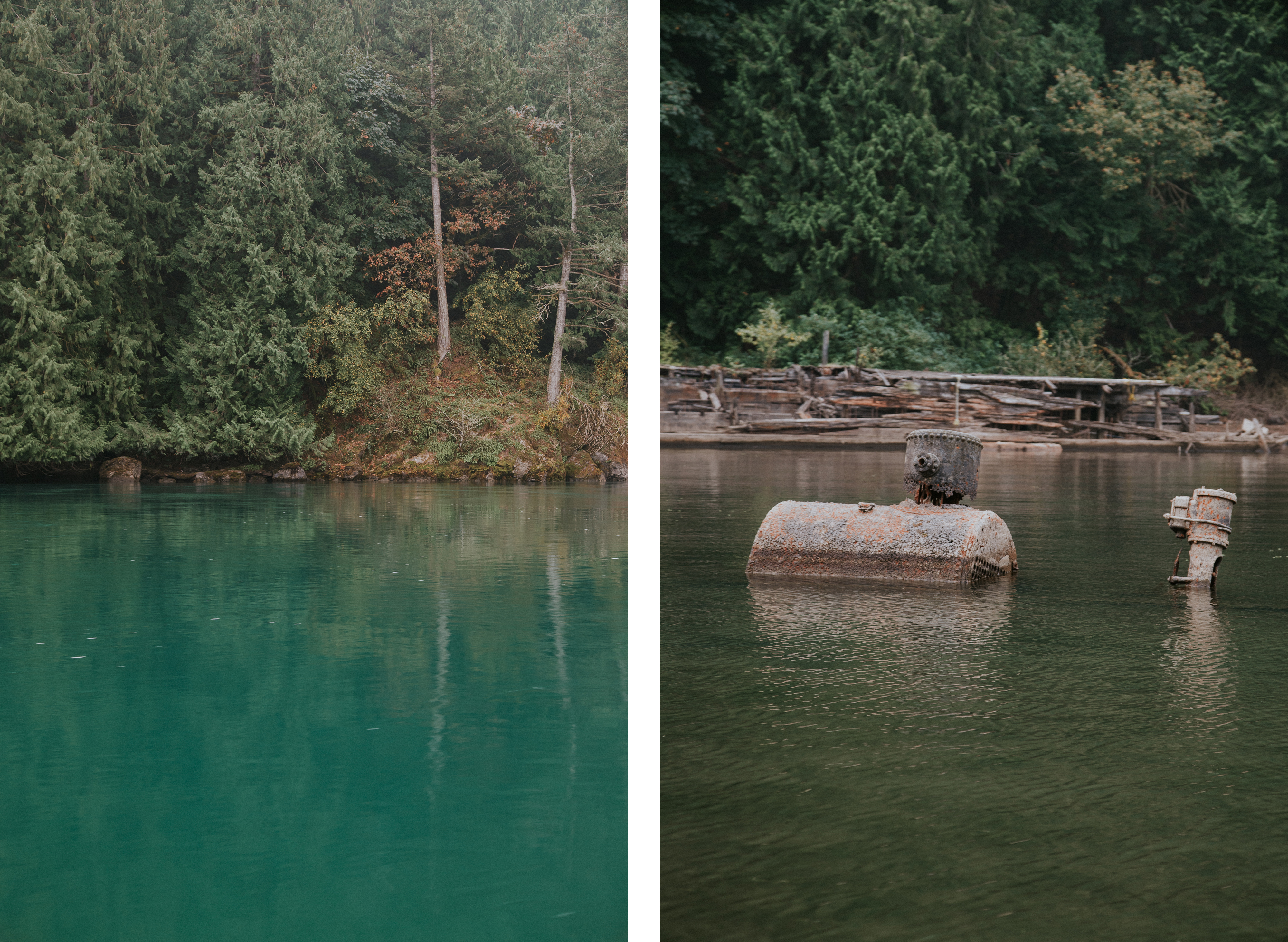
What is your favourite river to fish in?
The Harrison River is my favourite river. The size, color and diversity of fish species and opportunities make it a favourite.
What is your favourite species of fish?
White Sturgeon.
Here’s an opportunity to plug the businesses you own/work with… tell us about BC Sportfishing Group and Harrison Eco Tours!
The tours offered by BC Sportfishing Group and Harrison Eco Tours enable people to experience our phenomenal waterways firsthand. We highlight wildlife viewing, education, and cultural history, and take pride in the inclusivity within our businesses. We have a wheelchair accessible boat, which can be used for both BC Sportfishing Group and Harrison Eco Tours, and have a series of adaptive reels allowing people with all levels of mobility to experience fishing the Harrison and Fraser Rivers.

HOW TO CELEBRATE WORLD RIVERS DAY AND HELP OUR WATERWAYS
Every individual can truly make a difference in keeping waterways healthy. Here are some ways you can celebrate World Rivers Day: attend an event near you, take part in a river clean-up, learn about fish enhancement projects; and educate others on the importance of healthy waterways. In the Harrison River Valley, you can visit the Weaver Creek Spawning Channel, open October 6th to November 1st, to learn more about how spawning channels aid in fostering a strong salmon population. Let’s work together to keep our incredible Harrison waterways pristine and sparkling clean!


